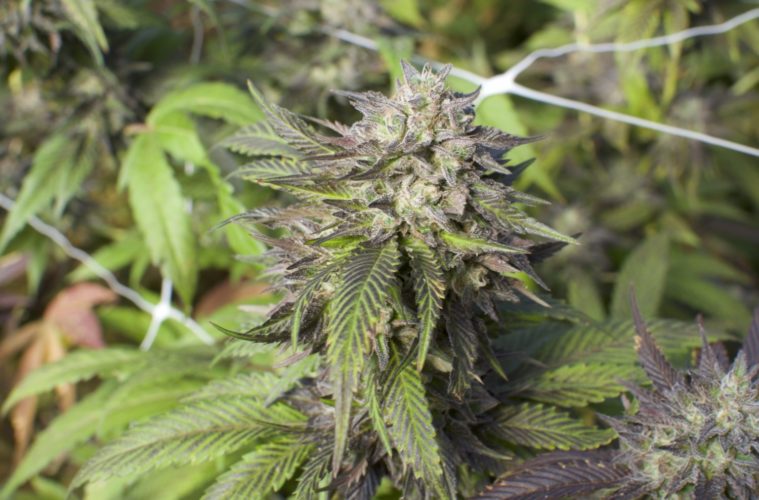No time period has ever tested the legacy cannabis market’s small pot farmers as 2021 has, and those who have made it through the storm are thrilled with the opportunity to put up a new calendar.
And we are not just talking about the legal market.
As the underground market that backbones so many places in California continues its collapse, many communities are feeling the hit of small to medium size growers having a lot more trouble contributing to their local economy. There is simply not as much money to go around in the flooded market that we first spoke about in the Mendocino Dep Report early in the summer.
The amount of cannabis that was still unsold at the time of the first major harvest of 2021 was scary to insiders who knew that was a rap for last year’s crop that still remained. Once the deps dropped, those pounds are basically unsellable. Most of the time, going into the big light dep harvest is what’s called the drought and you’re down to the slimmest pickings of the year. There is still weed available, but the good stuff has been gone for a while.
But there was no drought in 2021. We could barely find dry socks. There was even weed that didn’t suck. Some argue mega-farms backdoored legal products that ended up diminishing the price in California’s underground economy. If the people that focus their lives on growing the best pot possible were able to fool METRC, imagine what a professional corporate class con man could do with a full vertical, meaning they grow, distribute and have a retail or delivery service. You could really make a lot of weed spreadsheet magic happen at different points in a supply chain you’re in complete control of.
Some people didn’t even harvest their crop. It wasn’t worth it because the price was so low.
Those who had played their chips on the drought in past years got hit extra hard. In the past, there had been value in storing your cannabis through the winter to beat the prices of the initial wave of the main harvest in Croptober. Unfortunately, if you’re a small pot farmer, prices remained bottomed out and then got even worse.
The economics of a once sound plan for your harvested pot were cut to shreds by a new reality that many would blame on legalization. But it’s a bit more complex than that. When many voted for Prop. 64, they thought they were voting for a plan to bring communities hurting the hardest in 2021 into the light.
But as implementation moved forward and legalization was merged with the state’s already forthcoming medical marijuana revamp, it didn’t seem like it was built for the small farmer to win. To this day, some still search for signs it may have been.
There are a lot of places people are pointing blame. Some point to not protecting legacy farmers by allowing people to stack permits, thereby creating mega-farms. Others might blame high taxes, and there are a couple of schools of thought on the subject.
Some would argue that lowering cannabis taxes is a Band-Aid until a wider marketplace opens up for legacy farmers where names like Los Angeles, Humboldt and Mendocino are going to undoubtedly drive a higher price point. In that sense, tax relief is just a piece of the life raft that will keep farmers afloat until they can ship their cannabis domestically or abroad. The other argument is cannabis is taxed at a higher rate than any agricultural commodity, with the taxes on pounds of trim running more than the actual cost of the product itself.
Nobody is wrong here.
What they all likely agree on is they’re thankful to say goodbye to 2021. While nobody presumes 2022 will be much easier, the predictions of 2021 came true. It makes it easier to have confidence in the predictions for 2022, even if they aren’t bright.
The only thing that stands true is that the heat can walk on water. No flood will diminish the demand for the world’s finest cannabis regardless of the marketplace. There will always be demand for the highest quality cannabis on the planet.
Advertising disclosure: We may receive compensation for some of the links in our stories. Thank you for supporting LA Weekly and our advertisers.

